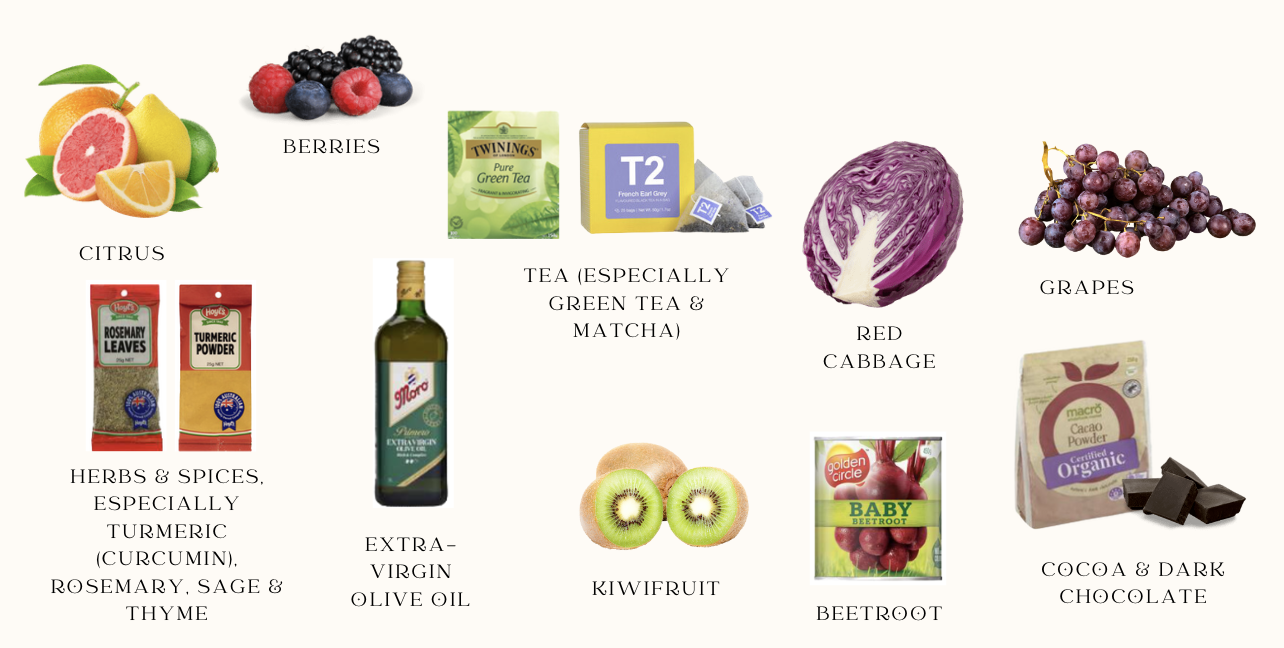Endo Series Part 3: Anti-Inflammatory Eating For The Win! 🥑
And it’s here that we get to dig into one of my most asked questions about nutrition for endometriosis. That is, “What is anti-inflammatory eating?” and the usual follow up question is “Can it improve pain?”
In pelvic pain spaces, there are a handful of diets you’ll hear about – it might be low FODMAP, gluten-free or the Autoimmune Protocol (AIP) diet.
And one thing these three diets all have in common is that they initially focus EXCLUDING foods.
Yikes.
I don’t know about you but the less foods I have to cut out the better!
Don’t get me wrong. I absolutely think some people can benefit from swapping out certain foods in favour of others. But I would NEVER make blanket statements for people to eliminate foods unless the research was really strong in that area. And frankly it isn’t.
However, the evidence we do have is pretty clear that anti-inflammatory eating can improve symptoms. And I for one believe that we shouldn’t have to cut out everything we love in the process.
Remember that endometriosis is a WHOLE body condition after all. And as a result, we need to make sure we’re taking care of our nervous system and mental health in the process. And dietary changes that cause more stress long-term may not actually be helpful!
So what does the research say? There are more studies coming out every year on the impact of nutrition on endometriosis (yay!). Here’s an overview of a couple of studies that support anti-inflammatory eating:
Study 1: Mediterranean diet research with 68 participants with endometriosis
Dietary intervention:
For 5 months, participants included fresh vegetables, fruit, white meat, fish rich in fat, soy products, wholemeal products, foods rich in magnesium, and cold-pressed oils. They avoided sugary drinks, red meat, sweets, and animal fats.
Results: The study found a significant relief of general pain, period pain, pain with sex, and pain passing a bowel motion as well as an improvement in the general condition was found (Ott et al. 2012).
Study 2: High anti-oxidant diet research where 37 participants had a high anti-oxidant diet vs 35 participants as the control group. All participants had endometriosis.
Dietary intake:
For 4 months, the high-antioxidant group achieved specific levels of anti-oxidant vitamins A, C and E through intake of specific vegetables, fruits and seeds.
Results: Although they didn’t measure the change in symptoms, the study found a decrease in peripheral oxidative stress markers, and an increase in antioxidant markers. AKA the body improved its ability to handle inflammation!
Was this research perfect? No. Do we need more research. Yes.
But based on these studies (and a few others) we now know that anti-inflammatory nutrition changes can improve both symptoms AND immune functioning in the body of people with endo!
So let’s get to the stuff you all want to know. What does anti-inflammatory eating actually look like?
There are about 9 key nutrients I like to chat about when talking about anti-inflammatory eating, but for the sake of this email, let’s chat about my top 3.
NOURISHING FATS
POLYPHENOLS
FIBRE




